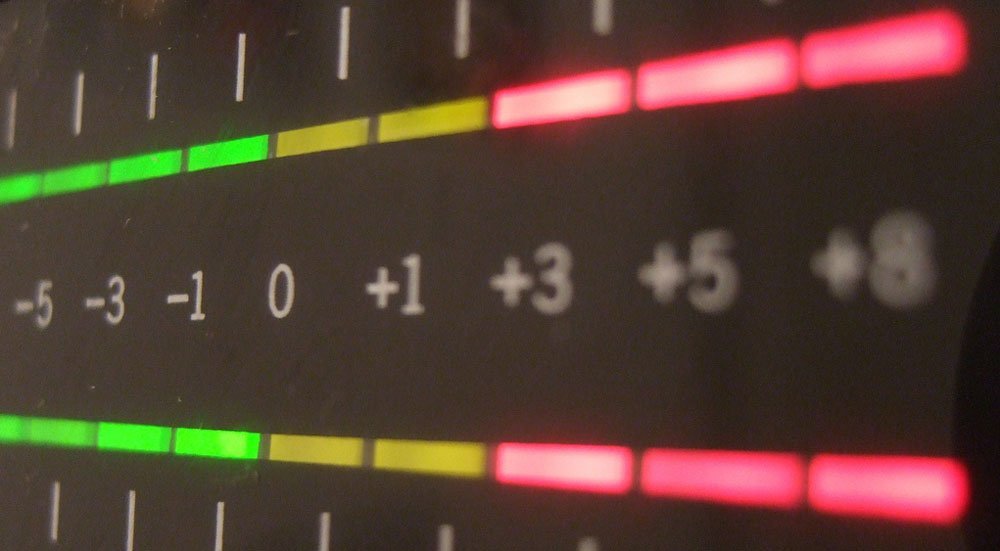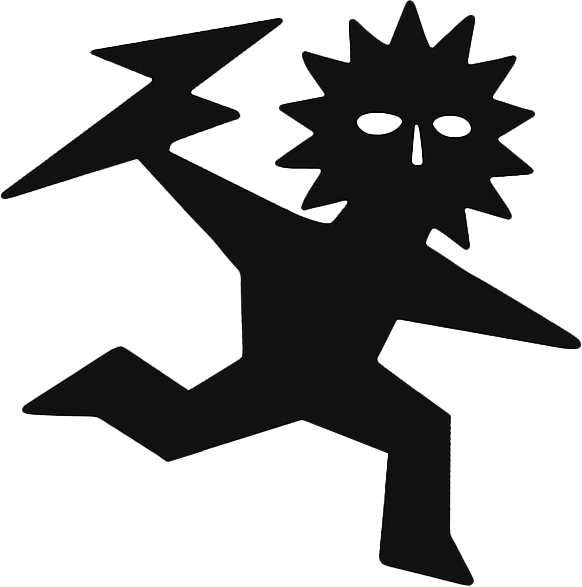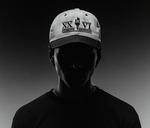
Why Everyone’s Playing 150 BPM Again
Share
Not long ago, 128 to 135 BPM was the gold standard for peak-time sets. Tracks built slowly, tension simmered, and DJs guided crowds through long-form journeys. But something shifted — fast. Now, it’s not uncommon to walk into a club and be hit with full-throttle percussion, trance stabs, and pounding low-end — all moving at 150 BPM or faster. The speed once reserved for closing sets or fringe genres is now front and center, defining the sound of a new era.
At the core of this shift is a simple reality: club culture has grown impatient. After years of stop-starts and restrictions, ravers want energy, sweat, and release — immediately. DJs are no longer easing in with warmups. They’re starting strong and staying there, pushing tempos to create a physical, almost primal response. High-BPM tracks don’t just sound harder — they feel urgent. They demand movement.
The sonic architecture of modern club music reflects this evolution. Genres are bleeding into one another with little regard for tradition or purism. Techno has adopted trance melodies. Eurodance is sneaking back into the mix. Hardgroove, donk, schranz, and 90s rave tropes are all getting mashed into the same blender — the only consistent thread is speed. Artists aren’t asking whether it fits a certain genre. They’re asking one thing: will this go off at 150?
It’s also impossible to ignore how platforms like TikTok and Instagram Reels have accelerated this movement. Tracks that hit fast and hard perform better. A drop that takes two minutes to arrive won’t survive in a 15-second video scroll. So producers are building their music differently — cutting the fluff, amplifying the impact. The club and the algorithm are in sync: maximum energy, minimal delay.
But it’s not just internet culture steering this momentum. A new generation of ravers is coming up with different expectations. They didn’t cut their teeth on deep house or minimal techno. Their musical foundation is SoundCloud edits, bootlegs, high-speed loops, and festival streams where 145 BPM was just the beginning. For them, fast is normal. This isn’t a niche resurgence. It’s a redefinition of the default.
Some will say it’s a phase — that it will slow down again. Maybe it will. But right now, 150 BPM is more than a number. It’s a collective response to overstimulation, to short attention spans, to the desire to feel something real in a world that scrolls past too fast. It’s emotional, chaotic, sweaty, euphoric. It’s not about being harder for the sake of it — it’s about immediacy, intensity, and impact.
And it’s only getting started.
If you want to stay tapped into what’s shaping the next wave of club culture, check out our SoundCloud. From high-BPM premieres and label drops to DJ podcasts and unreleased heat — we’ve got the full spectrum covered.



